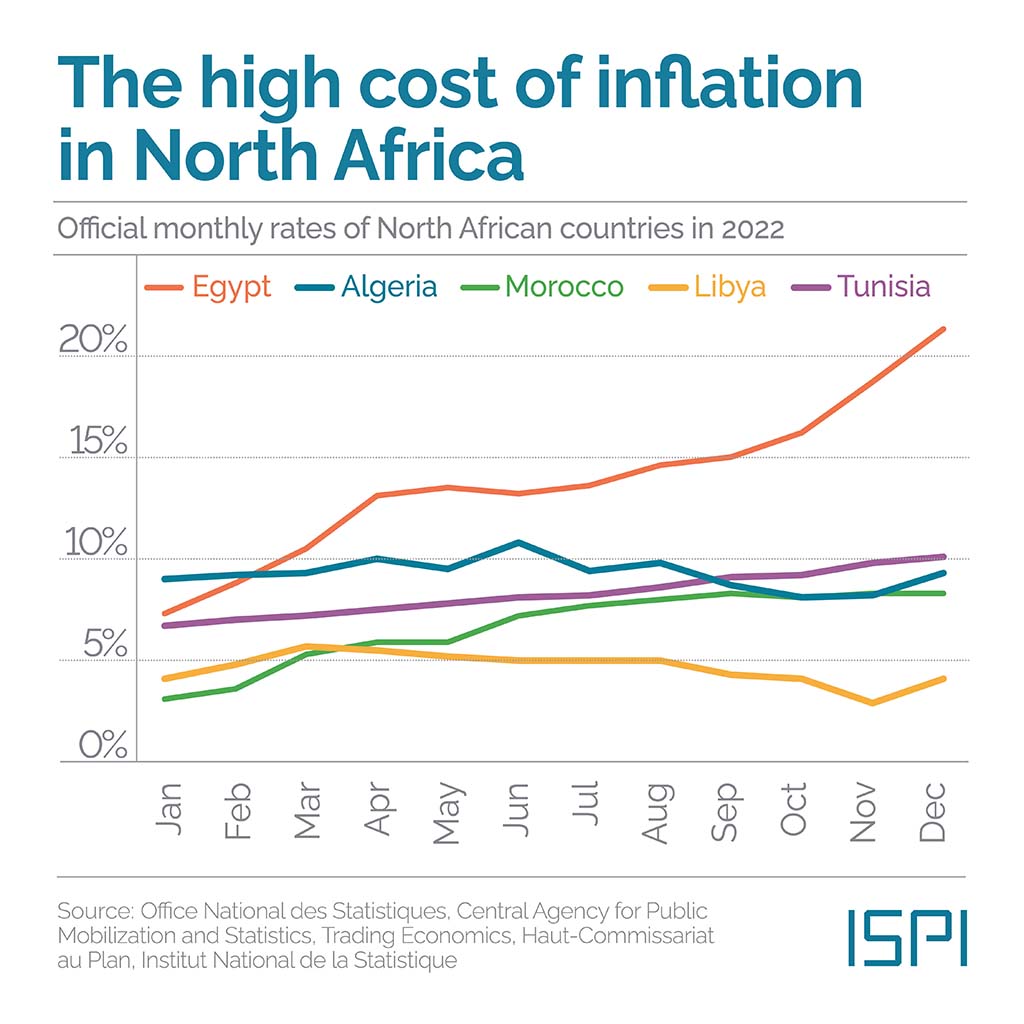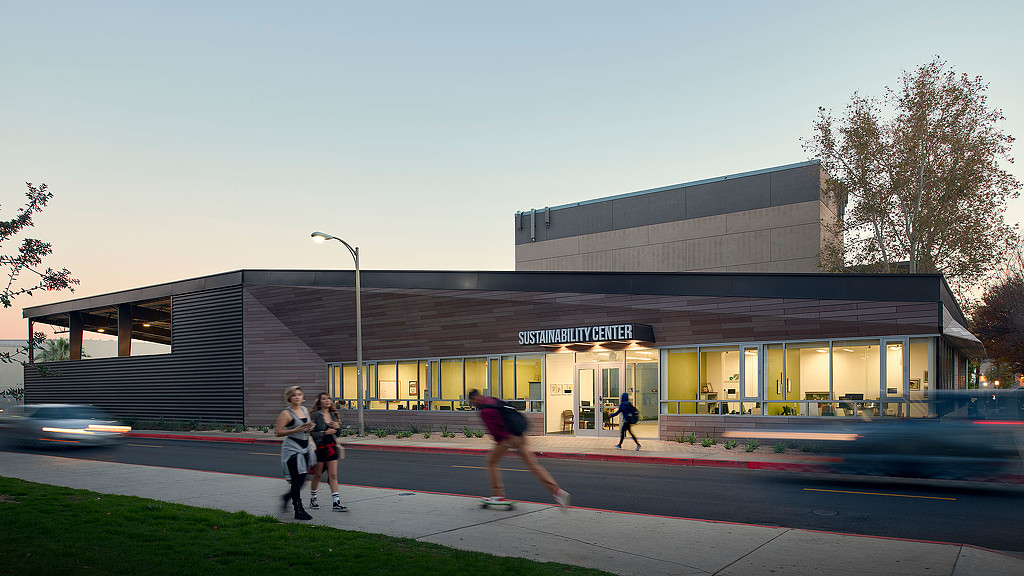Executive Report: The Role of Arts Education in Advancing Sustainable Development Goals
A Profile of Veronica Alvarez and Create CA
This report examines the work and philosophy of Veronica Alvarez, Executive Director of Create CA, through the lens of the United Nations Sustainable Development Goals (SDGs). Alvarez’s career is a testament to the power of equitable education in fostering social mobility and reducing inequality. Her leadership in arts education advocacy directly contributes to key SDG targets, particularly those concerning quality education (SDG 4), reduced inequalities (SDG 10), and poverty reduction (SDG 1).
Personal History as a Foundation for SDG-Aligned Advocacy
Overcoming Socio-Economic Barriers (SDG 1, SDG 10)
Veronica Alvarez’s personal background informs her commitment to social justice and equity. Her experiences highlight systemic challenges targeted by the SDGs.
- Immigrated from Michoacán, Mexico, to the United States at age four.
- Grew up in a low-income household of nine children, experiencing poverty firsthand (a direct challenge to SDG 1: No Poverty).
- Faced societal disadvantages as an undocumented immigrant, an experience that underscores the importance of SDG 10 (Reduced Inequalities) and its goal of social and political inclusion irrespective of origin or economic status.
Education as a Tool for Empowerment (SDG 4)
Alvarez identified education as the primary mechanism for overcoming poverty and social exclusion, a core principle of SDG 4 (Quality Education).
- She was the only one of her nine siblings to graduate from high school.
- Her personal mantra, “Education was my path out of poverty,” reflects the transformative power of lifelong learning opportunities.
- She pursued advanced degrees, earning a doctorate in education and a master’s in ancient history, demonstrating a commitment to lifelong learning.
Professional Endeavors in Service of Equity and Inclusion
Championing Arts Education as a Social Justice Issue (SDG 10, SDG 16)
Alvarez’s professional mission is centered on the belief that equitable access to the arts is a matter of social justice, aligning with SDG 10 (Reduced Inequalities) and SDG 16 (Peace, Justice and Strong Institutions). She contends that students with the greatest need often have the least access to arts education, a critical inequity she seeks to rectify.
Key Initiatives and Institutional Impact
Throughout her career, Alvarez has developed and led programs designed to make cultural institutions more accessible and inclusive.
- The Getty Museum: She was instrumental in launching the Getty Villa and developed an innovative English learners program. This initiative utilized artworks to facilitate language acquisition, demonstrating how cultural engagement can support core educational goals and advance SDG Target 4.7, which promotes an appreciation of cultural diversity and culture’s contribution to sustainable development.
- Los Angeles County Museum of Art (LACMA): As Director of School and Teacher Programs, she continued her focus on ensuring access and equity for all students, particularly those from communities historically excluded from such cultural spaces.
- Create CA: In her current role as Executive Director, she leads statewide advocacy for arts education. A primary focus is ensuring that funds from California’s Proposition 28 are implemented equitably to benefit all six million students in the state, especially those in under-resourced and rural districts.
Strategic Contributions to Sustainable Development Goals
Advancing SDG 4: Quality Education
Alvarez’s work directly supports the mission of SDG 4 to ensure inclusive and equitable quality education for all.
- Enhancing Curriculum: She advocates for the arts as an essential tool for cognitive development, creativity, and self-expression, particularly for students who may not thrive within traditional curricula.
- Promoting Inclusivity: Her efforts ensure that arts education is not a luxury for a select few but a fundamental component of a well-rounded education for every child.
- Resource Equity: Through Create CA, she advocates for sufficient and equitably distributed funding to hire arts teachers and build robust programs, addressing resource gaps that perpetuate educational inequality.
Addressing SDG 10: Reduced Inequalities
The core of Alvarez’s advocacy is the reduction of inequalities in educational outcomes.
- Targeting Disadvantaged Students: Her work is explicitly focused on ensuring students from low-income, immigrant, and marginalized communities receive the same educational opportunities as their more privileged peers.
- Fostering Cultural Connection: By using art to connect with diverse student populations, such as English learners, her methods promote inclusion and validate students’ cultural backgrounds.
- Systemic Change: Her leadership aims to create more just and equitable educational systems, aligning with SDG Target 10.3 to ensure equal opportunity and reduce inequalities of outcome.
Conclusion: Arts as a Catalyst for Human-Centered Development
Veronica Alvarez’s career demonstrates that arts education is a powerful catalyst for achieving broader sustainable development objectives. She posits that art is a universal language that connects humanity across time and culture and is essential to well-being. By championing equitable access to the arts, her work not only advances SDG 4 and SDG 10 but also contributes to a more just, inclusive, and sustainable future where every individual has the opportunity to learn, create, and thrive.
Analysis of Sustainable Development Goals in the Article
Which SDGs are addressed or connected to the issues highlighted in the article?
SDG 1: No Poverty
- The article directly links education to escaping poverty. Veronica Alvarez’s personal story is a central theme, with her stating, “Education was my path out of poverty.” Her family’s background is described as “so poor,” with her father working as a farm laborer and her mother cleaning houses, highlighting the struggles of living in poverty.
SDG 4: Quality Education
- This is the most prominent SDG in the article. The entire piece focuses on Veronica Alvarez’s work as an “arts education advocate.” It discusses the importance of providing quality education that includes the arts, the work of her organization Create CA, and the implementation of Proposition 28, a state mandate for arts education. The article emphasizes that arts education is “essential to students’ creativity” and well-being.
SDG 10: Reduced Inequalities
- The article frames the lack of access to arts education as a “social justice issue.” It repeatedly highlights the disparities in access, stating, “students that have the most need do not get equal access and opportunities.” It also touches upon inequalities based on immigrant status, referencing Alvarez’s experience as an “undocumented immigrant” and her work with “English learners” and “migrant workers.” Her passion is described as being “about access and equity, making a place for everyone.”
What specific targets under those SDGs can be identified based on the article’s content?
Target 4.1: By 2030, ensure that all girls and boys complete free, equitable and quality primary and secondary education leading to relevant and effective learning outcomes.
- The article’s focus on ensuring all students, particularly those in need, have access to comprehensive arts education aligns with the goal of equitable and quality education. The advocacy for Proposition 28 funding aims to make arts education a standard part of the curriculum for California’s “6 million students.”
Target 4.5: By 2030, eliminate gender disparities in education and ensure equal access to all levels of education and vocational training for the vulnerable, including persons with disabilities, indigenous peoples and children in vulnerable situations.
- The article specifically mentions vulnerable groups, such as students from poor families (“students that have the most need”), “undocumented immigrants,” and “English learners.” Alvarez’s work in developing programs for these groups, such as using art to teach English to migrant workers, directly supports this target of ensuring equal access for the vulnerable.
Target 4.7: By 2030, ensure that all learners acquire the knowledge and skills needed to promote sustainable development, including, among others, through education for… appreciation of cultural diversity and of culture’s contribution to sustainable development.
- Alvarez’s belief that art is a “bridge to the past that all should be encouraged to cross” and that it allows us to “connect across time and culture” directly relates to this target. The article promotes arts education as a means for students to “express themselves, their feelings, and tell their stories,” fostering an appreciation of culture and its contribution to human development.
Target 10.2: By 2030, empower and promote the social, economic and political inclusion of all, irrespective of… origin, economic or other status.
- The central mission described in the article is to fight for inclusion. Alvarez’s statement, “My passion has always been about access and equity, making a place for everyone,” is the embodiment of this target. Her work aims to include students from all economic backgrounds and origins (specifically mentioning her Mexican heritage and work with migrant communities) in the cultural and educational life of the state.
Target 10.3: Ensure equal opportunity and reduce inequalities of outcome, including by eliminating discriminatory… policies and practices and promoting appropriate legislation, policies and action in this regard.
- The advocacy for and monitoring of Proposition 28 is a direct example of promoting legislation and policy to ensure equal opportunity. The article notes that a key challenge is “making sure Prop. 28 funds are spent as they were intended,” which is an action aimed at reducing inequalities of outcome in education.
Are there any indicators mentioned or implied in the article that can be used to measure progress towards the identified targets?
Indicator for Target 4.1 & 4.5: Proportion of schools with access to dedicated arts teachers and funding.
- The article implies this indicator when discussing the challenges of Proposition 28. It states that while “a billion dollars may sound like a lot of money,” for some districts, especially in rural areas, “the funds aren’t sufficient to hire one art teacher.” Measuring the number or proportion of schools/districts that can hire art teachers with this funding would be a direct indicator of progress.
Indicator for Target 4.5 & 10.2: Participation of vulnerable student groups in arts education.
- The article’s focus on “students that have the most need,” “English learners,” and children of “migrant workers” implies the need to measure their participation. The success of programs like the one at the Getty, which used art to engage English learners, could be measured by the participation and engagement rates of these specific student populations.
Indicator for Target 10.3: Allocation and distribution of arts education funding.
- The article explicitly mentions “dedicated funds for arts education” through Proposition 28. An indicator of progress towards ensuring equal opportunity would be tracking how these funds are parceled out to “individual school districts,” particularly comparing allocations to high-need, low-need, urban, and rural districts to ensure equity.
SDGs, Targets, and Indicators Summary
| SDGs | Targets | Indicators |
|---|---|---|
| SDG 1: No Poverty | Implied connection to poverty reduction through education. | Qualitative indicator of individuals using education to escape poverty, as exemplified by Veronica Alvarez’s story (“Education was my path out of poverty”). |
| SDG 4: Quality Education |
4.1: Ensure equitable and quality primary and secondary education.
4.5: Ensure equal access for vulnerable groups. 4.7: Ensure learners acquire skills for appreciation of cultural diversity. |
Proportion of schools with sufficient funding to hire at least one art teacher.
Participation rate of vulnerable students (e.g., “English learners,” low-income) in arts programs. |
| SDG 10: Reduced Inequalities |
10.2: Promote social and economic inclusion of all.
10.3: Ensure equal opportunity and reduce inequalities of outcome. |
Equitable allocation and distribution of Proposition 28 funds across different school districts (e.g., rural vs. urban).
Reduction in the disparity of access to arts education between students with “the most need” and their peers. |
Source: edsource.org







